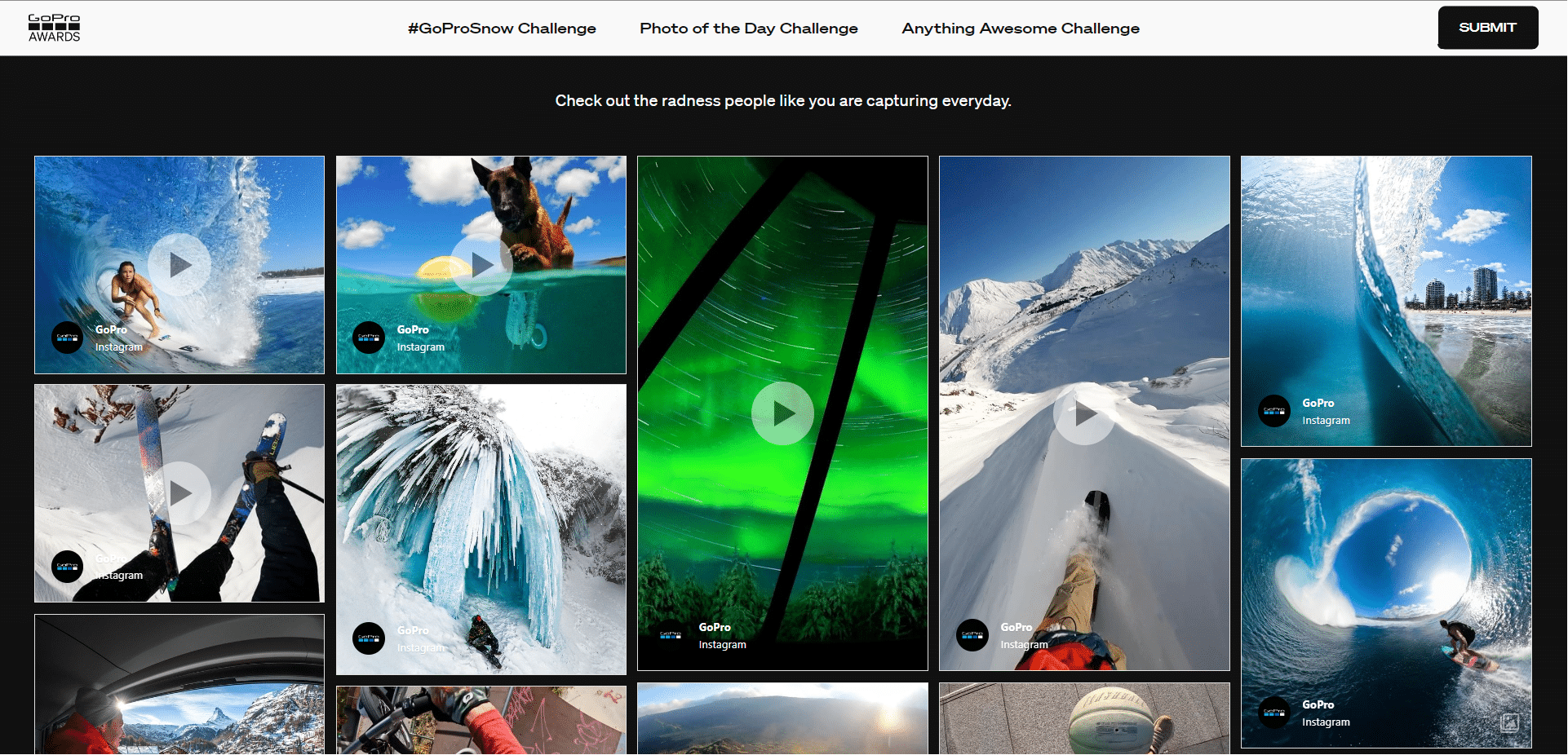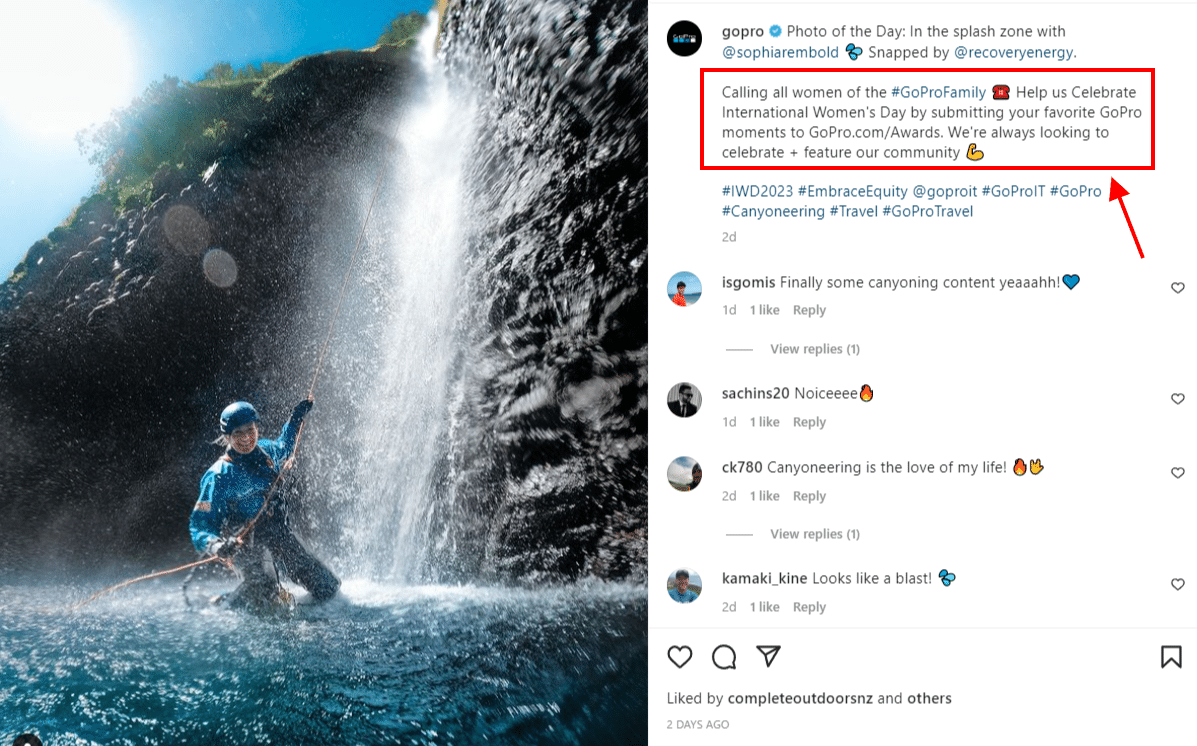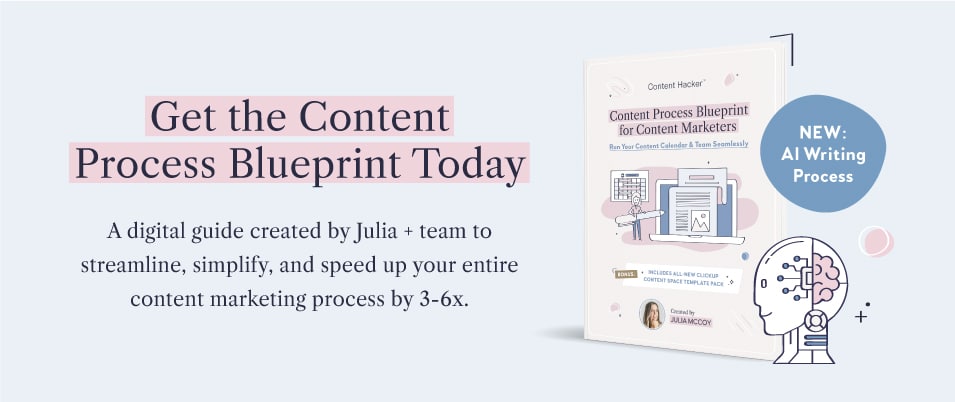Consumer-generated marketing.
Ever heard of it?
It’s the latest trend in digital advertising, and it’s revolutionizing how businesses interact with their customers.
With this approach to marketing, companies leverage customer-generated content such as reviews, testimonials, photos, or videos to promote products and services – all while creating a more personal connection between the brand and the target audience.
But what does consumer-generated marketing really mean? How do you use it effectively for your own brand?
In this blog post, we’ll explore these questions (and many others) so you can create an effective strategy for leveraging consumer-generated marketing within your business today.
Consumer-Generated Marketing Guide: What’s Inside
What Is Consumer Generated Marketing?
Consumer Generated Marketing (CGM) is a type of marketing strategy that relies on content created by consumers, rather than the brand itself.
It’s an effective way to engage with customers and build relationships while also creating authentic content for your business.
Consumer-generated content can include reviews, photos, videos, blog posts, social media posts, and more.
Benefits of Consumer Generated Marketing
CGM offers several advantages for businesses looking to increase engagement and reach new audiences.
- Cost savings. By leveraging user-generated content, brands are able to tap into the power of word-of-mouth advertising without having to invest heavily in traditional advertising campaigns.
- Increased connections. It helps create an emotional connection between the customer and the brand as they share stories about their experiences with the product or service.
- Unique insights. It provides valuable insights into what customers think about your company which can be used to improve future strategies and offerings.
A great example is GoPro’s “GoPro Awards” program. GoPro rewards cash prizes or free gear to users who submit creative footage taken with their cameras.

This campaign is incredibly successful at engaging customers through storytelling while also providing valuable feedback for future product development initiatives.
To sum up, consumer generated marketing is an effective way to engage customers and build relationships while creating authentic content for your business.
By leveraging the right platforms, creating engaging content, and measuring the impact of your campaigns, you can ensure that your brand reaches its maximum potential.
How to Leverage Consumer-Generated Marketing in 6 Steps
Consumer-generated marketing (CGM) is a powerful tool. CGM enables brands to tap into the power of word-of-mouth and user-generated content, allowing them to build relationships with consumers and drive more sales.
Here are six basic steps to get started with consumer-generated marketing.
1. Identify the Right Platforms for Your Brand
The first step in leveraging consumer-generated marketing is identifying which platforms are best suited for your brand.
Consider where your target audience spends most of their time online and create campaigns that will reach them there.
Popular social media sites such as Facebook, Twitter, Instagram, YouTube, Snapchat, TikTok, and Pinterest are all great places to start when it comes to creating engaging content that encourages participation from users.
If you have already built a presence on one of these platforms, start there.
2. Create Engaging Content to Encourage Participation
Once you’ve identified the right platform(s), it’s time to create compelling content that resonates with your target audience.
Try using creative visuals like videos or images along with interesting questions or challenges related to your product/service offering in order to encourage engagement from users.
To continue with the GoPro example, note how they use consumer-submitted content (in this case, a great photo) to encourage their other audience members to submit!

Additionally, consider incentivizing participants by offering discounts or rewards for those who participate in your campaign – this can be an effective way of driving even more engagement.
Need a complete process for creating amazing content? You need my Content Process Blueprint. This is THE guide to content creation, from ideation to promotion and everything in between, plus tools and workflows. Get your copy today.
3. Establish Clear Guidelines and Expectations for User-Generated Content
Before launching any CGM campaign, it’s important to set clear guidelines that outline what type of content you’re looking for from consumers as well as how they should go about submitting it.
For example, GoPro has website pages dedicated to its photo challenges, including the submission rules for each.

Setting guidelines helps ensure that all submissions are in line with your brand values and messaging while also preventing any inappropriate or offensive material from being shared publicly.
Additionally, make sure to provide an easy way for users to submit their content so they can participate in the campaign. You can provide a specific email address where your audience can send submissions, create a specific submissions page on your website, or simply ask submitters to post their entries on social media and tag you in them.
4. Use Influencers and Advocates to Amplify Your Reach
Influencers are individuals who have a large following on social media platforms such as Instagram or YouTube which makes them ideal candidates for promoting consumer generated campaigns. Because of their wide reach, they have the ability to quickly spread awareness about products or services among their followers.
You can also tap into existing advocates by offering incentives. For example, you could offer discounts or exclusive access in exchange for sharing user-generated content related to your product/service on social media channels like Twitter or Facebook.
5. Use Consumer-Generated Content Strategically
Once you’ve collected enough user-generated content from consumers, be sure to incorporate it into other aspects of your overall marketing strategy such as email campaigns, website banners, blog posts, etc.
For example, GoPro exclusively posts consumer-generated content across its social media channels.
Photo of the Day: Maysa Santoro knows how to make friends 🐆 As a biologist, environmentalist, + @WWF ambassador, she spends much of her time helping to educate the public + rehabilitate wildlife. Shot on #GoProHERO11 Black.#EmbraceEquity #GoPro #Cheetah #WildlifePhotography pic.twitter.com/oMm8HOIiRS
— GoPro (@GoPro) March 6, 2023
Doing this not only shows potential customers that real people use and enjoy your product/service, but also demonstrates that there is genuine interest in what you offer. This could lead more people to want to get involved with the brand, too.
6. Track the Success of Your Consumer-Generated Marketing Campaigns
It’s important to not only track how many people are participating in your campaigns, but also measure how successful they have been at driving conversions and sales for your business.
Use analytics tools such as Google Analytics or Facebook Insights to understand what types of content perform best on each platform, as well as which channels are delivering results so you can adjust accordingly if needed.
Consumer generated marketing can be an effective way to engage with customers, build trust and loyalty, and ultimately grow your business.
However, some challenges come with this approach which we’ll discuss in the next section.
3 Consumer-Generated Marketing Challenges
Consumer-generated marketing has the power to engage your audience on another level beyond likes or shares.
However, it also comes with some challenges that need to be addressed to ensure success.
1. Managing Negative Feedback and Reviews
One of the biggest challenges of CGM is managing negative feedback and reviews from customers.
It’s important to respond quickly and professionally when faced with criticism or complaints, as this can help maintain customer loyalty and trust.
Additionally, it’s important to have a plan in place for dealing with difficult situations so you can handle them effectively without damaging your brand reputation.
2. Protecting Intellectual Property Rights
Another challenge associated with CGM is protecting intellectual property rights.
When using user-generated content on your website or social media channels, make sure you have permission from the creator before posting. This will help protect both your business and the creator from any potential legal issues down the line.
3. Ensuring Quality Control of User-Generated Content
Finally, ensuring quality control of user-generated content is essential for successful CGM campaigns.
While it may be tempting to post every piece of content that comes across your desk, doing so could lead to an overload of low-quality posts that won’t do much for your brand image or engagement levels.
Instead, focus on curating high-quality content that resonates with your target audience while staying true to your brand values.
Although a consumer-generated marketing strategy can be a powerful tool for your business, there are still challenges you should consider. By following best practices and developing a comprehensive plan, you can ensure success with your campaign.
4 Best Practices for Successful Consumer-Generated Marketing Strategies
Creating successful consumer-generated marketing strategies requires a comprehensive plan.
This should include setting clear objectives, understanding the target audience, and identifying the right platforms for your brand.
What other best practices should you consider? Here are four.
1. Create Engaging Content
For best results, it’s important to create engaging content that encourages participation from consumers. For example, if you are targeting millennials, consider using influencers or advocates who can help amplify reach on social media channels like Instagram and LinkedIn.
2. Set Clear Expectations
When developing a strategy for consumer-generated marketing campaigns, it’s essential to establish clear guidelines and expectations upfront.
Consumers need to understand what type of content is acceptable and how the company will use their submissions. Additionally, companies must ensure they protect intellectual property rights when using user-generated content in their campaigns.
3. Focus on Building Relationships
Building relationships with consumers is key to any successful consumer-generated marketing campaign.
Companies should focus on creating an emotional connection with customers through meaningful interactions rather than just pushing out promotional messages or offers.
4. Track Your Results
Finally, monitoring results and adjusting as needed is critical for success in consumer-generated marketing.
Track metrics such as engagement rate (likes/shares/comments), website traffic from user-generated content sources, conversion rates (sales/leads), etc., so you can make informed decisions about where to allocate resources for maximum ROI potential over time.
Consumer Generated Marketing Leverages the Power of the Crowd
Consumer-generated marketing is a powerful tool to tap into the power of your customers.
By leveraging this type of content, you can create engaging and unique experiences that will drive more sales and build trust with your audience.
However, it’s important to remember that this marketing strategy requires careful planning and execution to be successful. But, with proper implementation, you can use it as an effective way to reach new audiences and increase brand loyalty.
And consumer-generated marketing is just the tip of the iceberg.
To supercharge your growth, expand your reach, and make your brand a content machine, you need to have the foundations in place first:
A solid brand built to last.
A steady growth plan rooted in content marketing.
A way to scale without breaking, with superior systems in place that can grow with you.
I teach every step in the Content Transformation System.
- Building your brand. ☑
- Growing your brand. ☑
- Scaling your brand. ☑
Ready to dive in?








